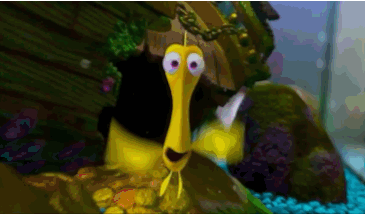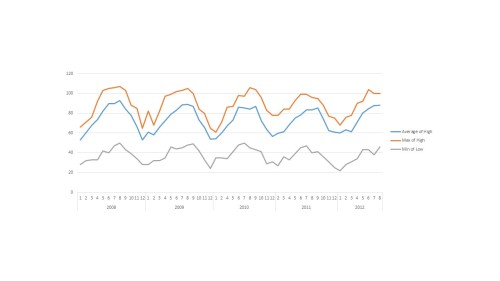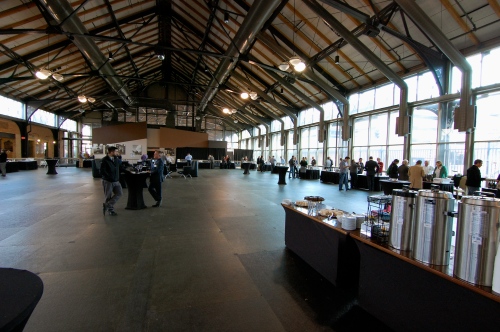
If a wine lover were ever looking for a tale to rival that of “Sour Grapes”…well this probably isn’t exactly it, but it is a tale of mystery, fake identities, mistaken vintages, and a lot of reverse image searches. In my book, that’s just as good.
Recently I was trying to track down a wine I had at a local restaurant. The wine shops on the North Shore of Massachusetts generally prove to be subpar for this sort of exercise so I quickly had to turn to the internet to track down the 2014 vintage of Yangarra Estate Vineyard‘s Old Vine Grenache. Naturally, I started with Yangarra’s website because why not buy wines directly from the producers? Unfortunately, they were only selling the 2018 vintage and while I’m sure that vintage also tastes pretty good, I wanted to recreate the experience I had with the one at the restaurant…and not in 4 years (and even then it will be somewhat different). Now. This is the nature of a relationship with wine and why they are like being in relationships with people: We are each experiencing our lives independently of each other and we can’t guarantee we will both be in the same mood the next time we entangle. But then again, they make more than one bottle of a particular vintage and metaphors are imperfect so polyamory I guess? ¯\_(ツ)_/¯
As with most online wine shoppers, if you just Google the wine, the first wine shop that comes up is Wine.com. Lo and behold, they had the 2014 vintage! But oh no, they don’t ship to MA. The next one to come up was WineChateau.com which I believe was originally a brick and mortar wine shop in NJ that has a new owner and trying to expand. When visiting their website, finding the exact wine and ordering 3 bottles at ~$24/bottle was simple enough, but then here’s where things start to get a little dicey. Let’s go to the timeline!
Feb 19, 8:30PM – order placed with confirmation email received (Hurray!)
Feb 25, 4:20PM – I had received no updates on the order so I sent an email checking on the status.
Feb 26, 11:25PM – I receive an automated email letting me know that my order has shipped…which fine, they probably forgot about my order, I reminded them, and then they finally sent it out. Cool. I’ll get over it.
Feb 28, 5:15PM – I leave work early because one must be home to sign for wine deliveries or have them held at a UPS location and the nearest distribution center is nowhere near either where I work or live, but I get there before they close and finally pick up the wine.
Feb 28, 6-ishPM – The box containing the wine is opened only to discover that the secret dread I had been having that they would send the wrong vintage had come true. They sent the 2016 vintage instead of the 2014.
Feb 28, 6:03PM – I send an email to WineChateau.com letting them know they sent the wrong vintage and asking them to either ship the correct vintage or just refund the order and I can send back the wine.
Feb 29 – Nothing. I try calling their number and after battling with their automated messaging system, no one answers.
Mar 1 – Nothing. Calling them again results in no one answering.
Mar 2 – I dispute the charge on my credit card.
Mar 3 – Nothing, I also file a complain with the BBB
Mar 4 – Nothing
Mar 5, 6:37PM – WineChateau.com sends me an email with the subject line: “We’d love feedback on your recent WineChateau.com purchase!”…and honestly, fuck you at this point.
Mar 6, 10:12AM – WineChateau.com sends me an email with the subject line: “Hey Aaron, how was your experience shopping with us?” Pretty shitty, how’s your day going? I try engaging their chat bot from their website and it doesn’t respond.
Mar 6, 10:51AM – I finally get an email from WineChateau.com about the order in question that appears to just be a readout of what the chat bot, now named “Rita” says. They say the vintage I selected was sold out and if I want to keep what I got, they’ll just refund the shipping cost, but certainly nothing more. I respond to this email, not with the expletives I am shouting, but with a simple “refund the order and send the shipping label” message.
Mar 7 – Nothing. And quite frankly, I’m beyond pissed off, but in looking over the last email I notice that “Rita” has a profile picture and it looks spot on for being a stock photo (Benefits of having a side hobby as a photographer). This causes me to look at their website again, because everything seems a little scammy now.
Clicking over to their “About Us” page, they have a little team overview. A who’s who at Wine Chateau. Their CEO, Saurabh Abrol seems like an approachable guy even though his head shot has some weird posing and lighting issues, but scrolling down to the other “people” (and quotes are justified here), it seemed that everyone was just a little too good looking and their job titles just a bit too generic. So I did what any sane person would do and began to reverse image search all of the head shots.
[Insert highly engaging montage of reverse image searching]
Turns out, every. single. picture. could be found dozens of times elsewhere on the internet for different “companies” listed as having various different roles. Mostly in the About Us or Executive Leadership pages, but sometimes showing up as user reviews for businesses.
Let’s just take one as an example: the CMO Gabriella Thompson from WineChateau.com.
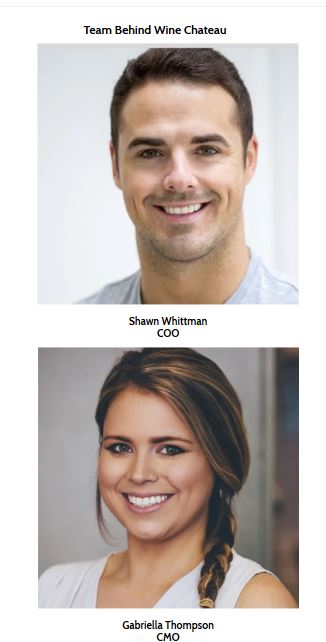
Oh, you’re name is Crystal now?

And now you’re drinking tea as Linda?
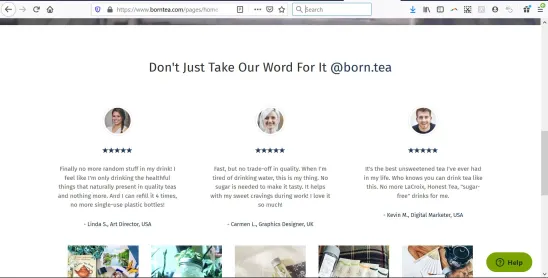
Wait, it’s Cathy now and you’re in Pakistan?!?

Or maybe just as featured speaker, Ashley.

…and look, it goes on and on and on.
The breakthrough came when visiting http://www.treatyoakcapital.com/ from…you guessed it, a reverse image search. Fortunately, the creator of the site was cheeky enough to just come right out and say that the profile pictures were all fake, but more importantly, he (I know his name now) was cheap enough to not upgrade the website creation service he was using so it still maintained a “Powered by Weebly” stamp across the site’s pages. Weebly is a website creation service that is now owned by Square, the electronic payments and website creation service company.
Having used Square’s Squarespace service to create a website before, I can tell you that users generally select from a list of templates to base their website off of. These templates usually have stock photos holding place where the user should be replacing them with their own. It turns out, that a multitude of customers of these services just neglected to change the template besides adding their own name and head shot in like Saurabh Abrol and then went ahead and hit publish with their newly imagined employees/executive board/happy customers prominently displayed on their website…and it turns out that neither Weebly or Squarespace have any checks to prevent people from doing this despite the possible copyright infringement that may be happening not to mention how everything about these businesses seems a bit fraud-y now. Square did not respond to inquiries regarding this matter.
Mar 10, 11:00AM – “Victoria” who also has a great stock photo as her avatar sent an email letting me know that a shipping label had been generated and that I would receive a refund once the wines were returned. I’m thinking the credit card dispute and the BBB complaint might have had something to do with this.
Mar 10, 11:03AM – “Victoria” emails again apologizing for any inconvenience and thanking me for my patience. Her title is listed as Customer Service Specialist and Order Coordinator…but is “she”?
So where DOES one go to buy wine? There are still plenty of options. I ended up finding the wine I wanted from internationalwineshop.com. Wine Folly has a decent list, but maybe just start with an aggregated searcher instead. There’s only one I will recommend you steer clear of and…well you know it by now.

